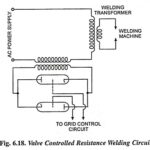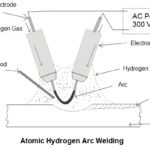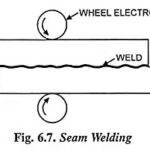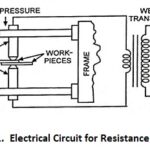Resistance Welding Machines – Overview and Circuit Diagram
Resistance Welding Machines - Overview and Circuit Diagram: Resistance welding machines incorporates a transformer, suitable electrodes for supplying current to the weld and arrangement for controlling the mechanical pressure, and…



